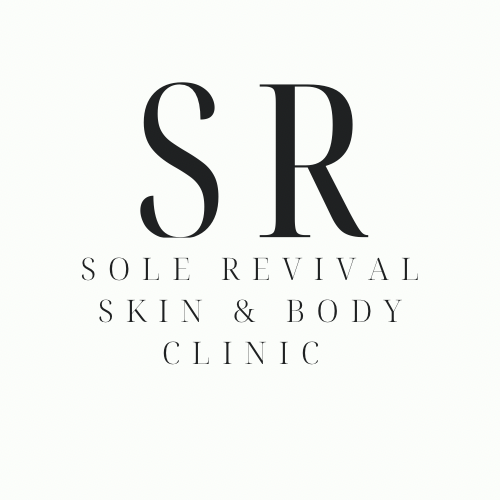Slugging it’s the term used to layer thick gooey substances onto your face.
We know that TikTok is not the place for beauty advice, but there is no denying that millions view all the crazy trends that appear on it, and slugging is the latest of them.
Luckily enough though there are a growing number of skin experts who are going on there to debunk the madness and myths, saving Gen Z's skin, from the crazy beauty trends.
The latest skin trend to have Gen Z in a spin is Slugging.
Curious to know what it is, or whether TikTok's latest craze actually holds some weight? Here’s the lowdown.
What is slugging?
It first appeared around 2018 on Reddit's Skincare Addiction subreddit, and is thought to have originated in South Korea (when it comes to skin trends they lead the way in crazy).
So back to Slugging, it involves coating your entire face in a thick occlusive like Vaseline before bed as the last step in your routine.
Using it as the last step in your routine is the most important part. The aim is to reduce TEWL (that's trans-epidermal water loss, which in short is the process whereby hydration is lost from the skin), the occlusive nature of Vaseline acts as a 'seal', locking all of that moisture in.
Therapist Jules O’Driscoll from Sole Revival Skin & Body Clinic points out that slugging won't add moisture, but it will create an airtight seal to stop you losing it. It gives skin a chance to repair and recuperate.
As many of my regular facial clients would know, I’ve been Slugging them for years, only I call it layering. When I know a client is going to go straight home and I can see they would benefit from intense hydration, I’ll finish their facial off with layers of protecting and hydrating sealers to give their skin an extra boost. They wake up the next morning seeing the benefits of it that’s for sure.
Is slugging good for the skin?
Yes and No! Plenty of dermatologists and skincare experts attest that for some skin (particularly drier) types, it can be a beneficial treatment to occasionally retain moisture. Jules O’Driscoll only recommends this method to clients with dehydrated skin, dry, flaky skin - or if you're experiencing some inflammation after an intense facial treatment, or your reacting to a new treatment or skincare product. The most common one I see is when clients have been overdoing it on the retinols, or the peels and are showing sings of an impaired skin barrier.
Who should not slug their skin?
"If you have excessively oily skin or are you're prone to acne, this would not do your skin any favours and would mostly likely cause it to get worse and could block your pores 'For others, I'd use it to boost their skin after a facial.
What should I use to slug?
First things first, before you slug, get your daily hydration from good quality serums and hydrators; they support your skin's natural barrier, which, when they're working effectively, will stop excess TEWL (trans-epidermal water loss - AKA dryness).
You can slug other parts of your body as well - try your lips and drier body parts (like elbows and knees) too. The key to effectively slugging lies in the preparation : in this instance, layering your skincare with lightweight hydrators.
Many people use Vaseline and petroleum jelly, ( petroleum jelly should be a definite NO, Ultimately, the only main difference between Vaseline and petroleum jelly is that Vaseline is made up of pure petroleum jelly which contain minerals and microcrystalline wax so it is smoother, while petroleum jelly is made up of a partial solid mix of hydrocarbons that comes from mines. skip the petroleum jelly please )
Personably I prefer to use a good quality face mask to Slug( Omveda mango butter ) or a sleep-in mask ( Ocosmetics hydra sleep mask)
As always I recommend you find yourself a good therapist who puts you first and will look after you long term.
Book a skin treatment at

